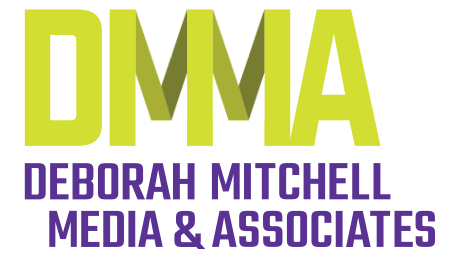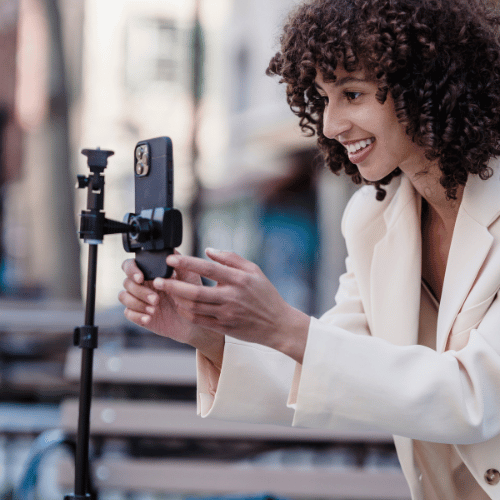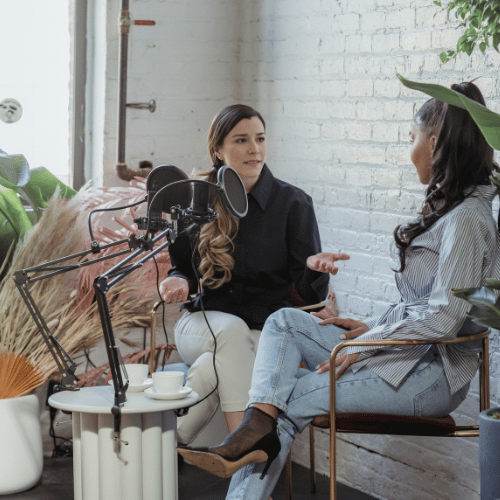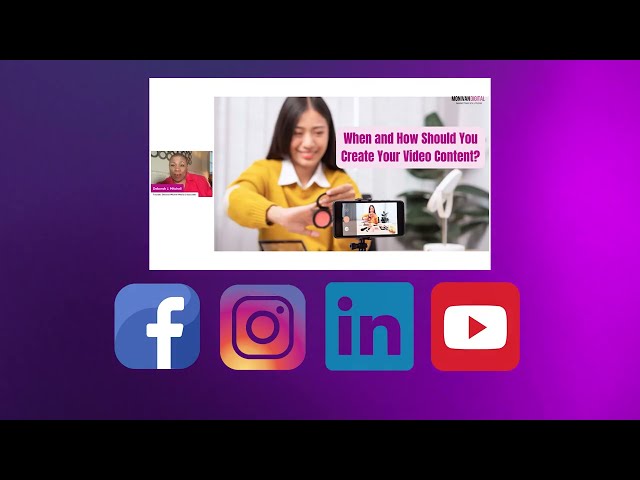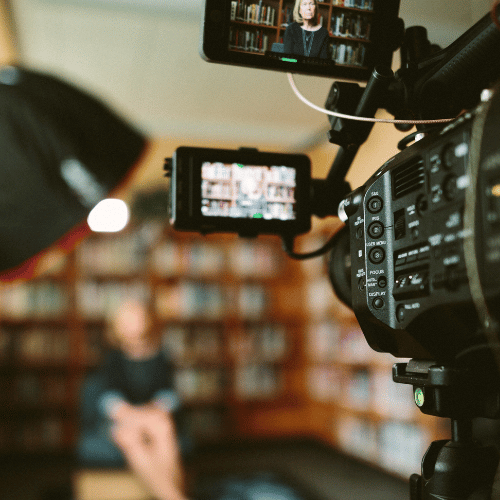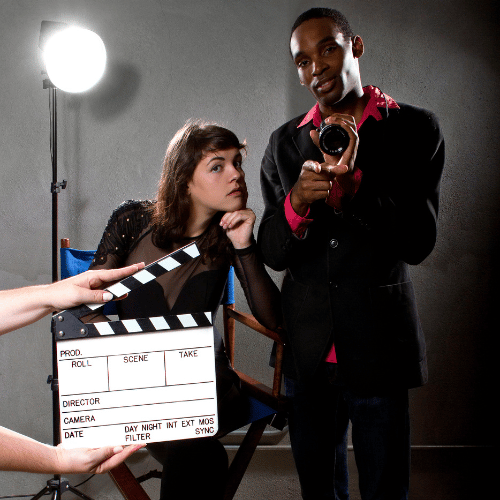The Secret to High-Impact Videos? Start Like You’re Already on Air
Let’s cut to the chase: if your video doesn’t hook someone in the first few seconds, you’ve lost them.
That’s not just true for TV—it’s true for your social media videos, LinkedIn content, digital segments, and even your video pitches. In a crowded digital space where attention spans are short and competition is high, developing a compelling story hook is one of the smartest tools you can add to your video content marketing strategy.
And if you’re building a b2b video marketing strategy or want to be seen as an expert, the pressure’s even greater. Your audience isn’t just scrolling—they’re scanning for value. And media producers? They’re doing the same.
So how do you stop the scroll and start a conversation? You lead with the unexpected—and you lead with it on camera.
What Is a Story Hook—and Why Does It Matter in Video?
A hook is the very first sentence, visual, or moment in your video that captures attention and makes someone say, “Tell me more.”
In a b2b video marketing strategy, it’s what convinces a decision-maker to watch past the first 10 seconds—or hit replay and share it with a colleague.
Whether you’re recording a social video, webinar clip, or a segment for your pitch reel, your story hook isn’t optional. It’s essential for capturing attention and proving that you’re media-ready.
Lead With Emotion, Conflict, or Transformation
For example:
❌ Weak Video Intro: “In today’s video, I’m going to talk about leadership in small businesses.”
✅ Strong Video Intro: “The moment I realized my leadership style was costing my business thousands—I changed everything.”
See the difference? The second version doesn’t just inform—it invites. It gives your audience a reason to keep watching.
Use Hooks to Strengthen Your B2B Video Messaging
When you’re building a b2b video marketing strategy, the temptation is often to lead with logic. Stats. Credentials. Features.
But what makes your content memorable isn’t the stat—it’s the story behind it.
Here’s how strong story hooks elevate your video content:
✅ They humanize your brand. Even in corporate spaces, people connect with people.
✅ They build authority through experience. Instead of telling us what you know, you’re showing us what you’ve lived.
✅ They improve viewer retention. Short-form video lives or dies by the hook. Your audience won’t wait for the payoff—you need to lead with it.
Show Up Like You’re Already On Air
Want to get booked for a TV segment or podcast? Start every video like the red light is already on.
Try recording your next video with:
- A bold statement: “I believe most business owners are managing time all wrong—and it’s costing them growth.”
- A relatable confession: “I almost missed a big media opportunity because I didn’t understand how to pitch.”
- A transformation story: “After streamlining my onboarding process, my client retention jumped 60% in 90 days.”
These aren’t gimmicks—they’re moments of truth. Delivered clearly and confidently on video, they make your message stick.
Where to Use Story Hooks in Your Video Content Marketing Strategy
Whether you’re speaking to customers, partners, or the media, your hook sets the tone for what’s to come—and tells the audience that you’re worth their time.
Final Thought: Strong Video Starts with a Strong Hook
Before your audience cares about your message, they need a reason to stay.
Before the media books you, they need to believe you have something fresh to say.
Your hook is your first impression on video—and in a visual-first, credibility-driven world, it might just be your most important one.
So here’s your challenge this week: go back to one of your video clips. Watch the first 10 seconds. Then ask: “Would this make me want to keep watching?”
If not—start there. And when you’re ready to pitch, present, or post your next video? Lead with a hook that helps you get seen and remembered.
Interested in using video to get on TV? Book a consultation with DMMA.
Or check out our YouTube Channel for examples.
